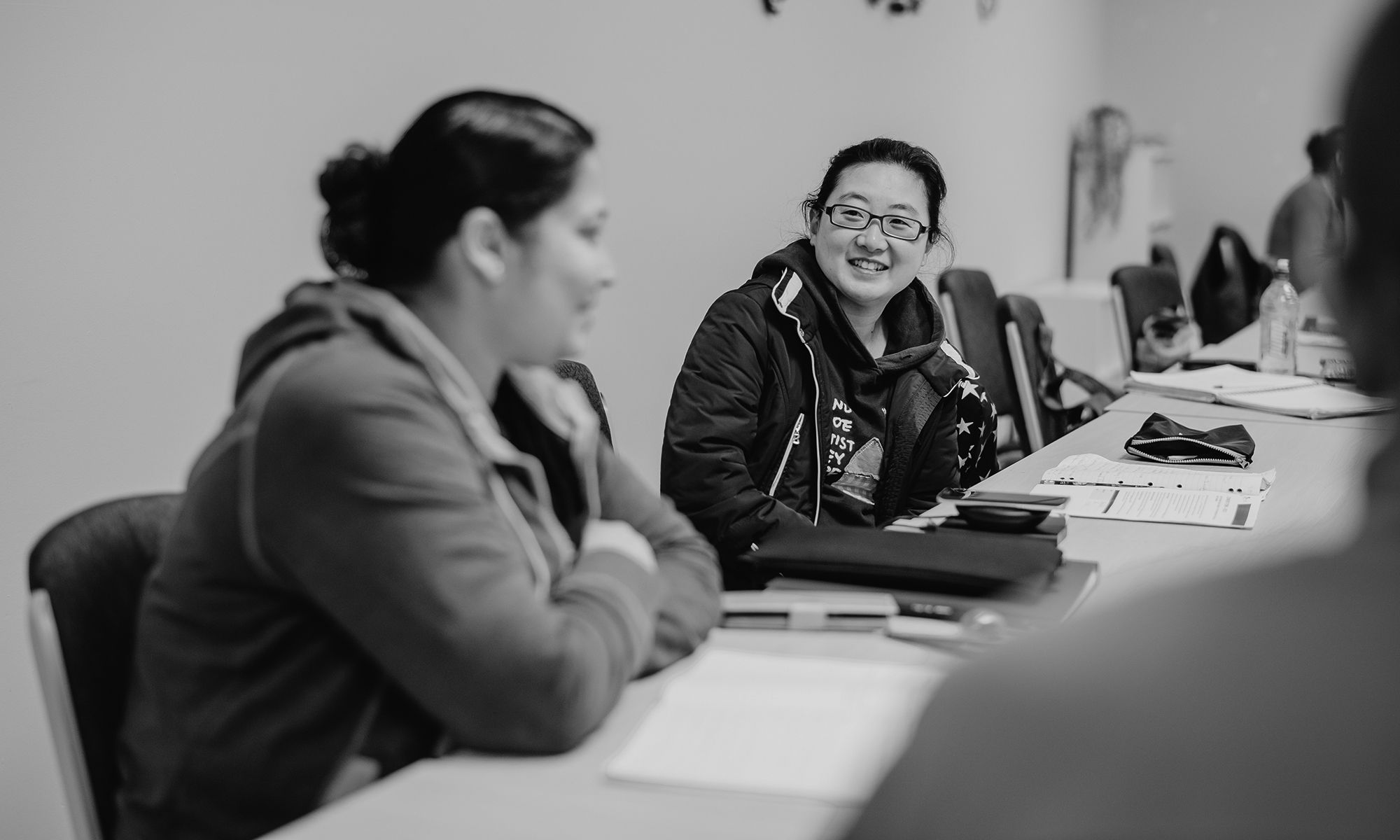Authors: Barry Golding, Annette Foley & Helen Weadon
Federation University
Introduction: ‘The things that change the world, according to Chaos theory, are the tiny things. A butterfly flaps its wings in the Amazonian jungle, and subsequently a storm ravages half of Europe.’
Pratchett & Gaiman (1990)
Our paper uses a qualitative, case study approach to critically examine the role of community involvement in learning to adapt and develop resilience in the face of disaster. Within a decade, the already disadvantaged, small, Australian rural community of ‘Bellbird’ faced three catastrophic, human induced disasters: the Millennial Drought (1996 to 2010), a March 2013 bushfire and the COVID-19 epidemic of 2020. Our interviews were conducted during late 2019 and early 2020 with men and women shedders as well as their significant others in the usually vibrant and unusually gender inclusive ‘Bellbird Men’s Shed’. For at least six months following the interviews, the Bellbird Men’s Shed was shut as a consequence of the COVID-19 lockdowns.
We opportunistically reflect on the data from our interviews and emerging literature on the impact of the COVID-19 pandemic to critically interrogate the role local community learning plays in responding to and developing resilience in the face of locally experienced global disasters. We conclude that Bellbird is a good example of a small, rural community where formal, top down decision making approaches to adult and community education in 2020 in Australia are sometimes impossible or inappropriate. Bellbird in effect exercised agency to create its unique, place and needs-based form of lifelong and lifewide learning ‘bottom up’ at its atypical community Men’s Shed. The practices and commitments the Shed adopted have provided the community with opportunities for developing personal and collective wellbeing and the necessary resilience for adapting to likely future shocks.
Keywords: adaptation, resilience, learning, disaster, Men’s shed, agency, COVID-19
![]()
![]()
![]()
![]() Share a copy of this abstract.
Share a copy of this abstract.
This article is part of AJAL, Volume 60:3. The entire volume is available in .pdf for purchase here.
